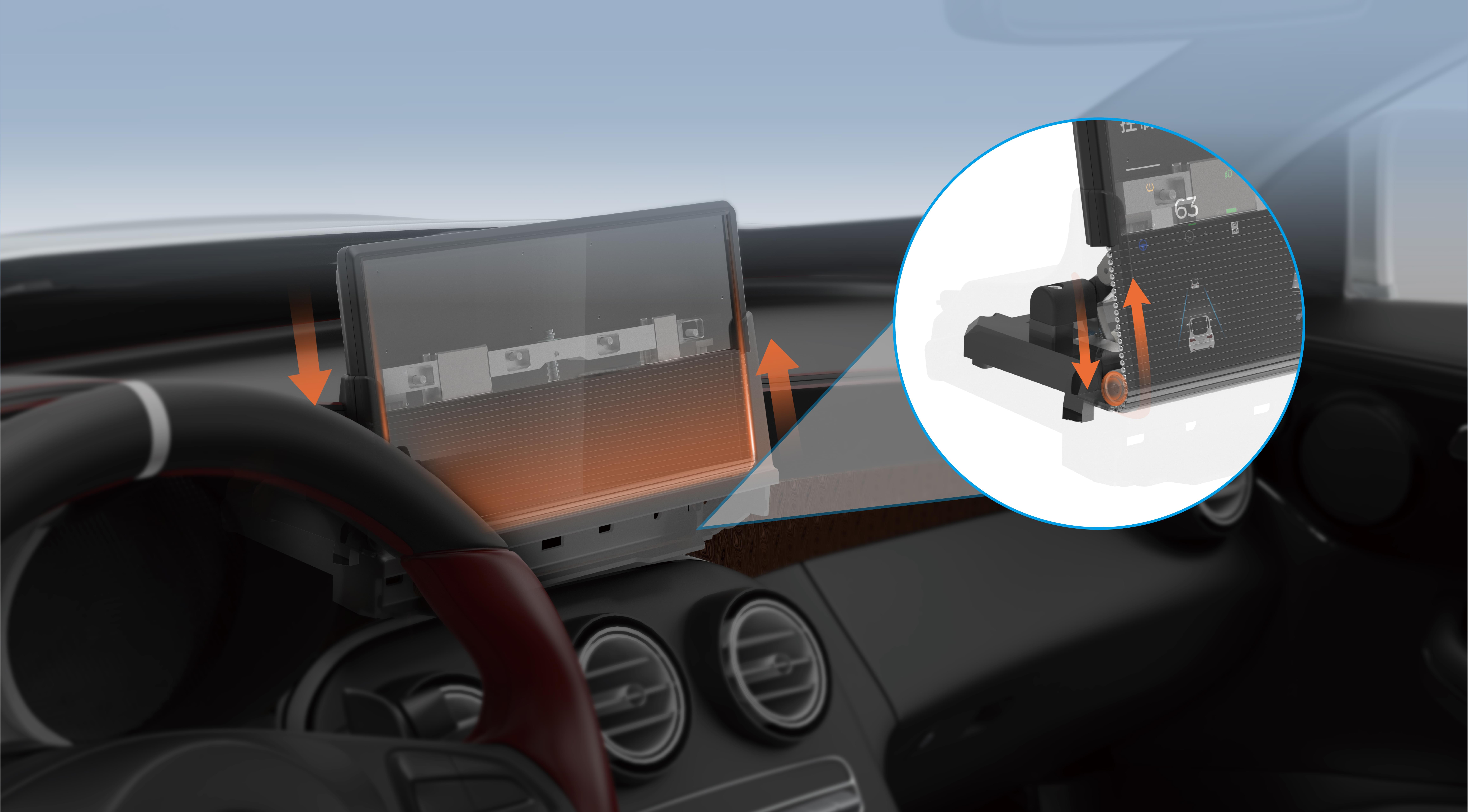part 1:
Imagine this: you've got your latest Lego Technic set spread out on the table, gears and beams poised for action. You've built a sleek vehicle or an intricate machine, and now, you're eager to add movement—to see your creation come alive with motion. But as you reach for your trusty Lego Power Functions servo motor, you realize it’s either out of stock, malfunctioning, or simply not fitting your specific needs. What do you do then? The answer lies in exploring the vibrant world of alternative servo motors—innovative solutions that can replace Lego's proprietary offerings while opening the door to more advanced, flexible mechanical designs.

Lego Power Functions have revolutionized the way hobbyists and engineers alike animate their builds. Their simplicity, modularity, and compatibility with Lego bricks make them a favorite among enthusiasts. Yet, they also come with certain limitations—cost, compatibility issues with non-Lego components, and sometimes, a lack of specific control features or power ratings. This has led many to seek alternatives that can better serve their specific project requirements, whether it's higher torque, better precision, or custom programming capabilities.
Why Look for Alternatives? Lego’s servo motors are great for most basic projects, but they sometimes fall short when you aim for more complexity or customized control. For example, if you’re working on a robot arm with demanding precision or heavy-duty movements, a standard Lego servo might struggle to provide the necessary torque or responsiveness. Additionally, advanced hobbyists and engineers often prefer open-source or modifiable components that can integrate seamlessly with microcontrollers like Arduino or Raspberry Pi, broadening the potential for creativity.
Key Qualities to Consider in Alternatives:
Compatibility: Can it connect to your existing systems? Will it fit into your design? Power and Torque: Does the motor provide enough force for your application? Control Interface: Is it compatible with your controller (PWM, serial, I2C, etc.)? Size and Form Factor: Will it physically fit into your build without cumbersome modifications? Price and Availability: Is it affordable and easy to buy or source?
With these considerations in mind, let’s delve into some of the most prominent alternatives available on the market today, beginning with off-the-shelf hobby motors and gradually exploring more advanced solutions.
1. Continuous Rotation Servos A straightforward alternative to Lego servo motors, continuous rotation servos are widely available in hobby shops and online stores. Unlike standard servos, which aim for a specific angle of rotation, continuous rotation servos are designed to turn indefinitely, controlled by PWM signals that set their direction and speed. These servos are inexpensive, easy to find, and compatible with most microcontrollers.
However, their control granularity is often less precise than standard servos. They’re perfect for simple drive systems and projects where precise angular positioning isn’t critical, but they can be a bit tricky to calibrate for accurate stopping points or smooth movements. As a bonus, many hobbyist brands offer these servos in various torque ratings—from light-duty to high-power models—that can be tailored to your project needs.
2. Brushed DC Motors with Gearboxes For heavier-duty applications or when you need high torque, brushed DC motors equipped with gearboxes are an excellent alternative. When paired with motor controllers like the L298N or an H-bridge module, these motors offer straightforward control over speed and direction. They’re also robust and capable of handling larger loads, making them ideal for building mobile robots or mechanical appendages that require significant force.
The challenge with brushed DC motors is integrating feedback if you need precise positioning. To achieve that, you might add an encoder—a sensor that tracks rotation—which can then feed data back into your control system for closed-loop control. This setup allows much more precise positioning and movement control, approaching the capabilities of a servo but with more component flexibility.
3. Coreless and Brushless Motors For projects demanding high efficiency, speed, or compact size, coreless and brushless motors present exciting options. They are frequently used in high-end RC vehicles and drone applications. While they require more complex electronic speed controllers (ESCs) and wiring, their performance benefits often outweigh the complexity.
Brushless motors, in particular, offer excellent longevity and smooth operation, especially when paired with advanced controllers that enable precise speed and positional control. If your project involves delicate movements or high-frequency operations, exploring these motors could significantly broaden your horizons beyond traditional servo solutions.
4. Custom-Modified Servo Motors One interesting avenue is repurposing or modifying existing servo motors—whether Lego or hobby-grade—to suit specific needs. For instance, some builders replace the internal gear assembly with custom parts or upgrade the electronics for better control. Open-source firmware like OpenServo or modifications to standard hobby servo controllers can enhance control accuracy or torque.
This approach is slightly more advanced but can result in highly tailored solutions that provide greater flexibility compared to stock units. It’s also an excellent way to learn about motor control and electronics on a deeper level.
5. Motor Driver Modules and Microcontroller Integration Finally, integrating any of these motors into your project typically involves a motor driver module. Whether you’re using a basic transistor circuit, an H-bridge driver, or a dedicated motor controller, the key is compatibility with your chosen motor type. Microcontrollers like Arduino, Raspberry Pi, or ESP32 can then communicate with these controllers via PWM, serial, or I2C signals.
This opens up a universe of programmable motion—precise, synchronized, or responsive to sensors—far beyond what traditional Lego Power Functions servo motors can achieve. By customizing your control setup, you can craft movements that are smoother, faster, or more accurate than the standard Lego options.
This concludes the first part of our exploration into alternative servo motors to Lego Power Functions. Now, let’s turn the page to see how to choose the right motor for your specific project, practical tips for integration, and some inspiring examples of what’s possible with these alternatives.
Established in 2005, Kpower has been dedicated to a professional compact motion unit manufacturer, headquartered in Dongguan, Guangdong Province, China.




































